This guest post comes from Nature Foundation supporter Kate Potter, whose family has vast remote travel and camping experience across Australia and the United States.
Our family of five loves to explore, both here in Australia and in the United States. Our camping journey has included many small trips in South Australia, road trips across to New South Wales and up to Alice Springs, Uluru, Lake Argyle and El Questro. We have also spent a total of 8 months travelling in a rustic DIY RV vehicle over four separate trips to the United States. We love hiking, especially in US national parks—we’ve visited 33 of them! Driven largely by my husband Isaac’s insatiable need for adventure, I’ve learnt a few things along the way about how to travel in remote areas and camp with kids.
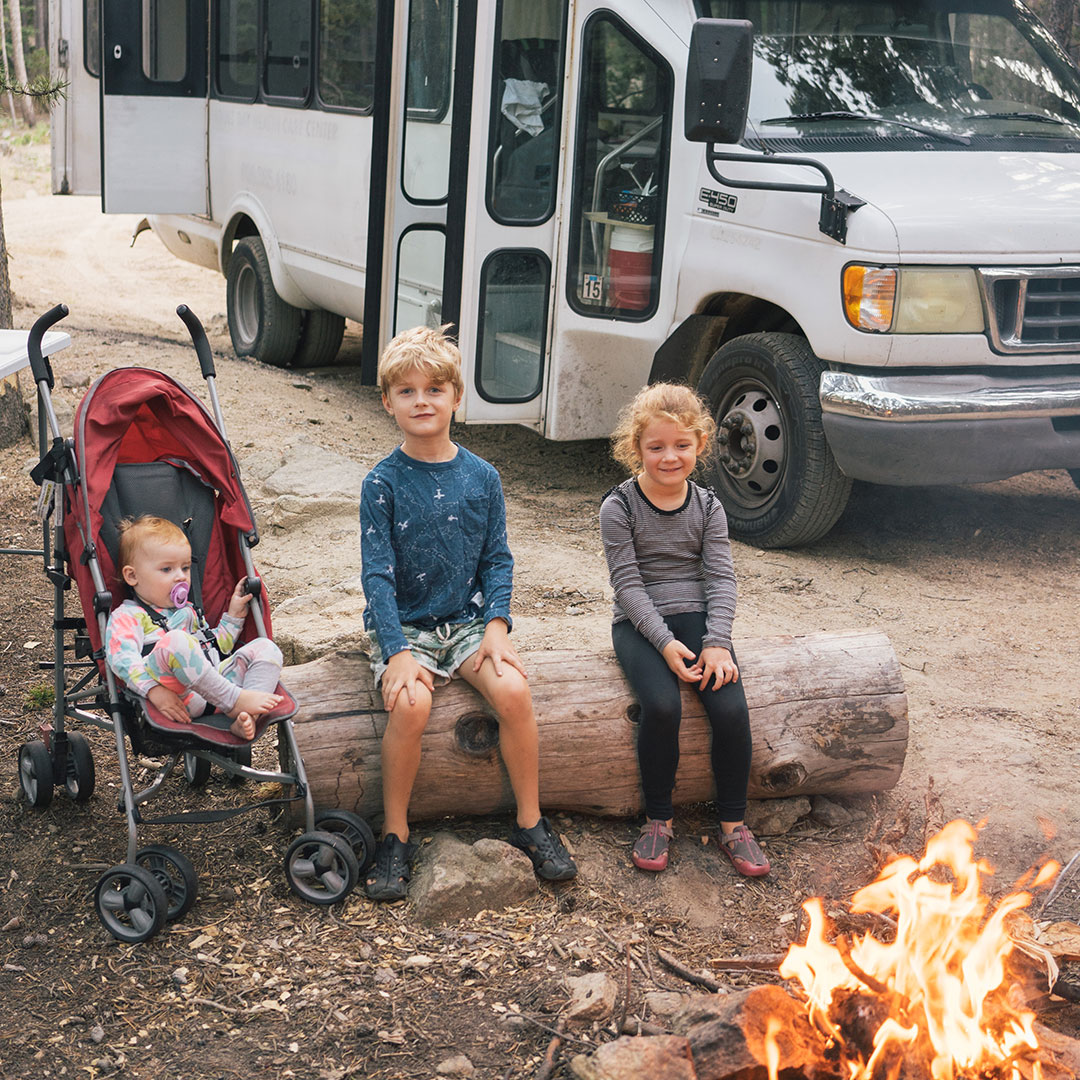 1. Practice
1. Practice
Set up a tent in your backyard, go to a friend’s rural property for a night or two, cook outside for a couple of nights. It’s important to practice on a small scale before you set off on a longer journey in remote areas, so that you can work out where the pain points are and how to make the experience enjoyable for all.
2. Plan (but also don’t plan)
We have worked out that a mixture of pre-planned destinations and “on the road” decisions are what works best for our family.
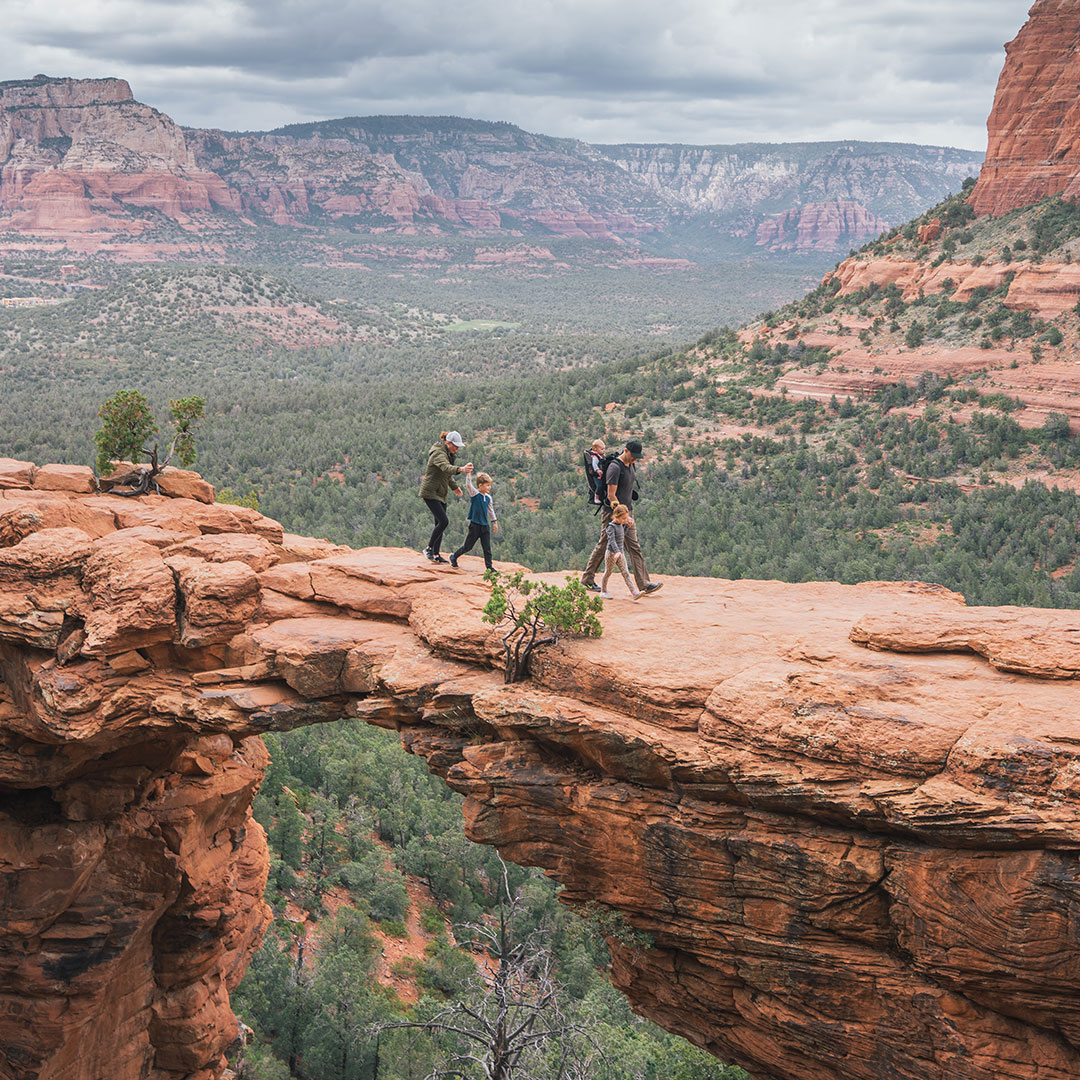 Isaac was very eager to stay in some of the top-tier national parks in the US, and securing a campsite at these locations can be very difficult. But he’s very determined, staying up late at night refreshing the booking websites waiting for a cancellation. Once he’s managed to find something and book it, our travel can then work around these immovable dates and we make plans on the road using campsite locating apps and websites that allow us to pull up on the day.
Isaac was very eager to stay in some of the top-tier national parks in the US, and securing a campsite at these locations can be very difficult. But he’s very determined, staying up late at night refreshing the booking websites waiting for a cancellation. Once he’s managed to find something and book it, our travel can then work around these immovable dates and we make plans on the road using campsite locating apps and websites that allow us to pull up on the day.
Weather can also play a huge part in your planning or unplanning. When in California we saw a snowstorm was forecast in Yosemite National Park, which caused many local travellers to cancel their bookings, so we snapped the campsite bookings up. While it was very cold it was a magical, memorable experience for our family.
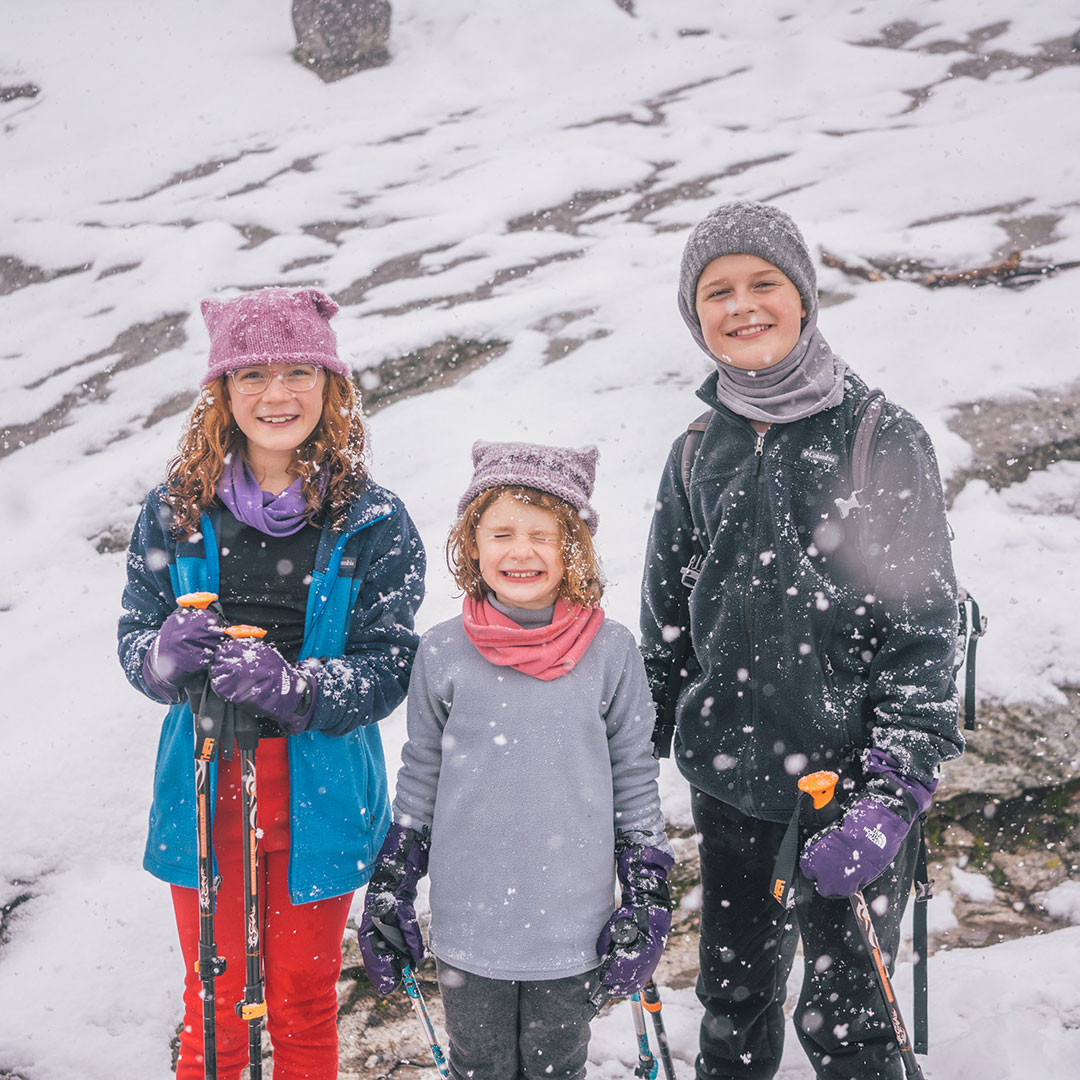 If you’re at a loose end on what to do on an unplanned day or night, head to official and unofficial travel guides, apps like Atlas Obscura, and asking fellow travellers what to do and where to stay. I love having the freedom to change plans as we go, if there aren’t bookings in the diary ahead to consider.
If you’re at a loose end on what to do on an unplanned day or night, head to official and unofficial travel guides, apps like Atlas Obscura, and asking fellow travellers what to do and where to stay. I love having the freedom to change plans as we go, if there aren’t bookings in the diary ahead to consider.
3. Prepare meals in advance
I spend time before remote travel preparing a few meals to freeze and then take with us on the journey. The serves two purposes – the frozen meal acts as an esky cool pack for the first couple of days, and then after it’s defrosted, that’s dinner done without any of the messy camp prep.
I also stock up on easy to snack on fruit and vegetables to ensure that when the kids say, “I’m hungry”, I have lots of options available.
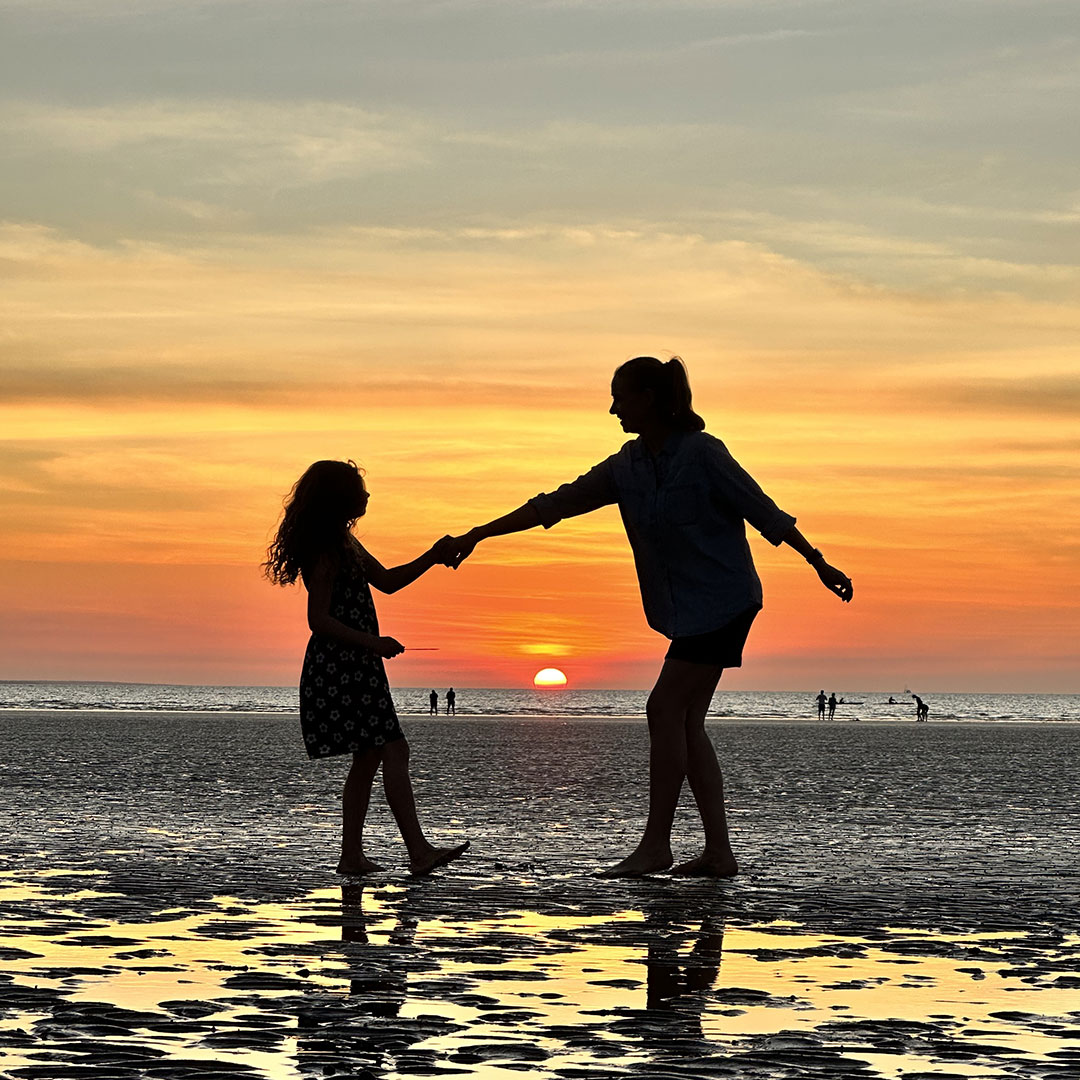 Once this food is gone, I then try not to flinch about expensive remote area groceries and food by reminding myself that I’m supporting the local economy of the regions that we are visiting.
Once this food is gone, I then try not to flinch about expensive remote area groceries and food by reminding myself that I’m supporting the local economy of the regions that we are visiting.
4. If you’re camping, you don’t “need” all the camping stuff
It was a light bulb moment when I realised that the thing I hate about sleeping in a tent wasn’t the tent, it was the sleeping bag. Sleeping bags twist and turn all night, slip and slide all around the mattress, are too hot at the bottom and too cold at the top. They are impossible to straighten up in the middle of the night, and a pain to pack up. I enjoyed camping 1000% more when I switched the sleeping bag for a sheet, quilt and my regular pillow. I now consider sleeping bags reserved for ultra-cold overnight hiking, and for everything else, I’m just stealing the covers from my bed and enjoying the experience so much more!
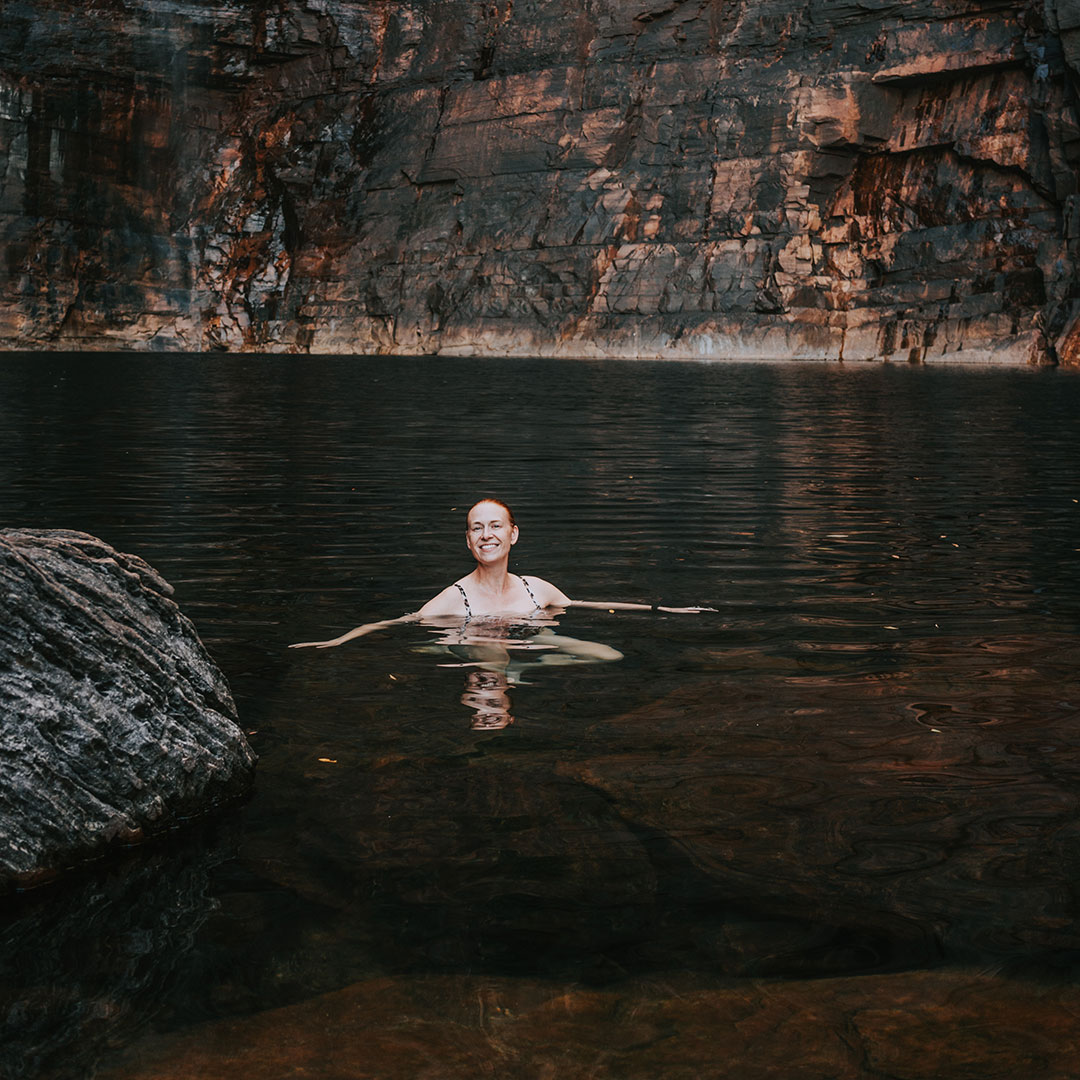 The same goes for other specialised camping equipment. Think about your own circumstances and do some research about what you actually need, before going out and buying new gear.
The same goes for other specialised camping equipment. Think about your own circumstances and do some research about what you actually need, before going out and buying new gear.
5. It will be hard, but it will be worth it
There will be times when you feel dirty, cold, hot, tired, hungry, frustrated. And there will also be times when you will see landscapes that take your breath away, your children discover something new and wonderful about the world, and you’ll experience magical moments and memories that you can’t make at home. Remember this motto: It will be hard, but it will be worth it.
Find out more about Kate and Isaac’s US travels here: shubbo.com
Photos by Isaac Forman and Kate Potter, from top: rest stop in Northern Territory; travelling the United States in a converted bus; Devil's Bridge, Sedona, Arizona; snowstorm in Yosemite National Park; Mindil Beach, Northern Territory; waterhole in Northern Territory.